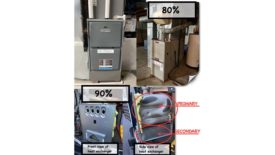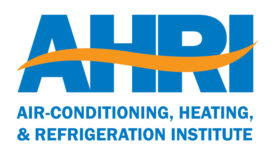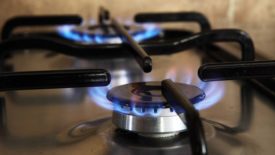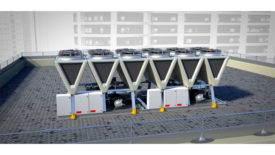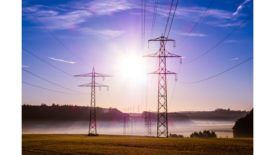Home » Keywords: » natural gas
Items Tagged with 'natural gas'
ARTICLES
Home modifications necessary for conversions will add to costs
Read More
Judge Overturns Berkeley Gas Infrastructure Ban
Judges: Federal law pre-empts city’s prohibition of natural gas connections in new construction
Read More
California Embarks On A Banning Spree
But eliminating furnaces and refrigerant may not be a realistic approach
Read More
Gas Infrastructure Ban Takes Hold in Berkeley
Ordinance in California Town Aims to Avoid Carbon Emissions
Read More
The Unintended Consequences of Electrification
End users could find themselves with limited choices, higher electric bills, and less comfort
Read More
Copyright ©2024. All Rights Reserved BNP Media.
Design, CMS, Hosting & Web Development :: ePublishing
